Our History
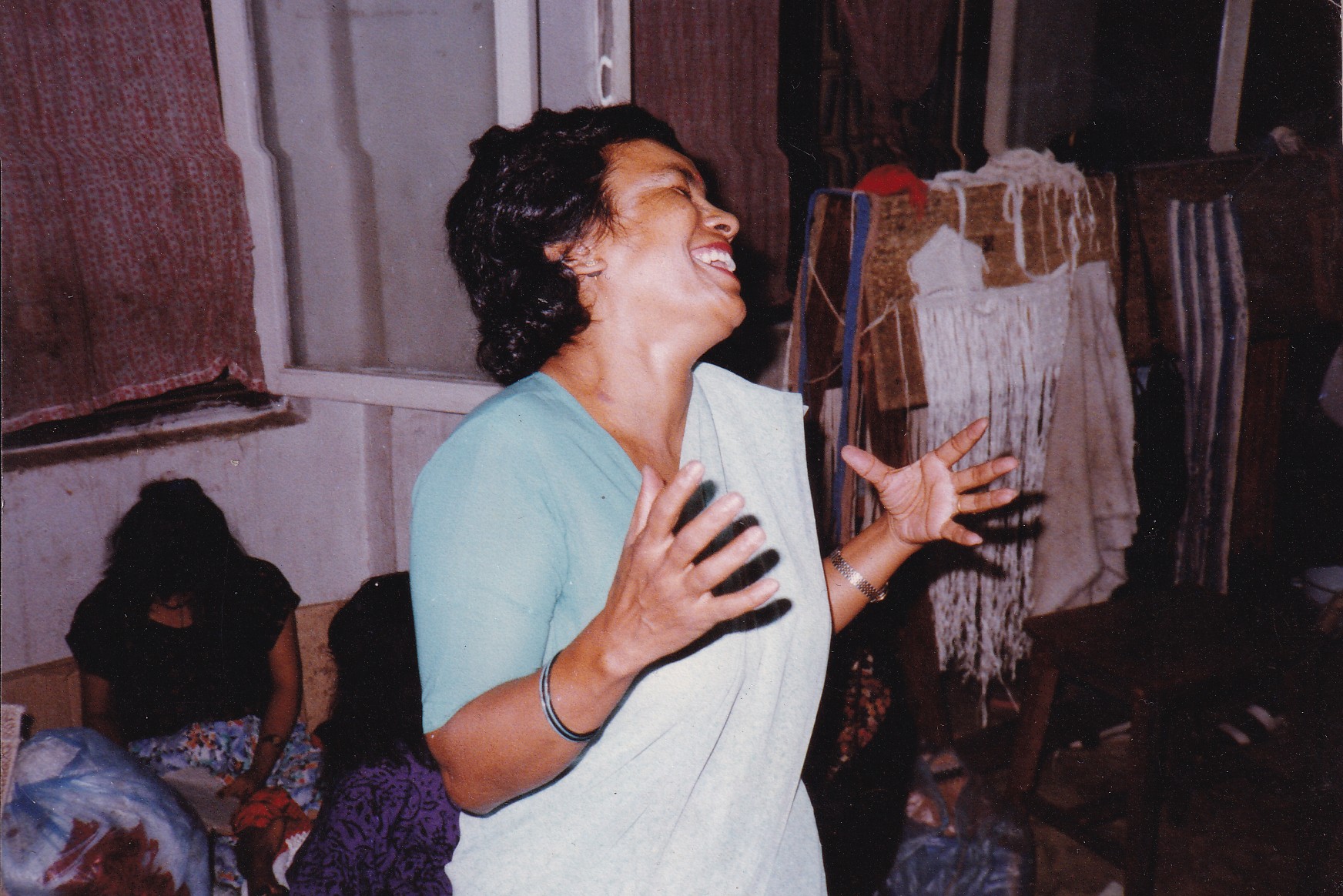
1984 – Inception
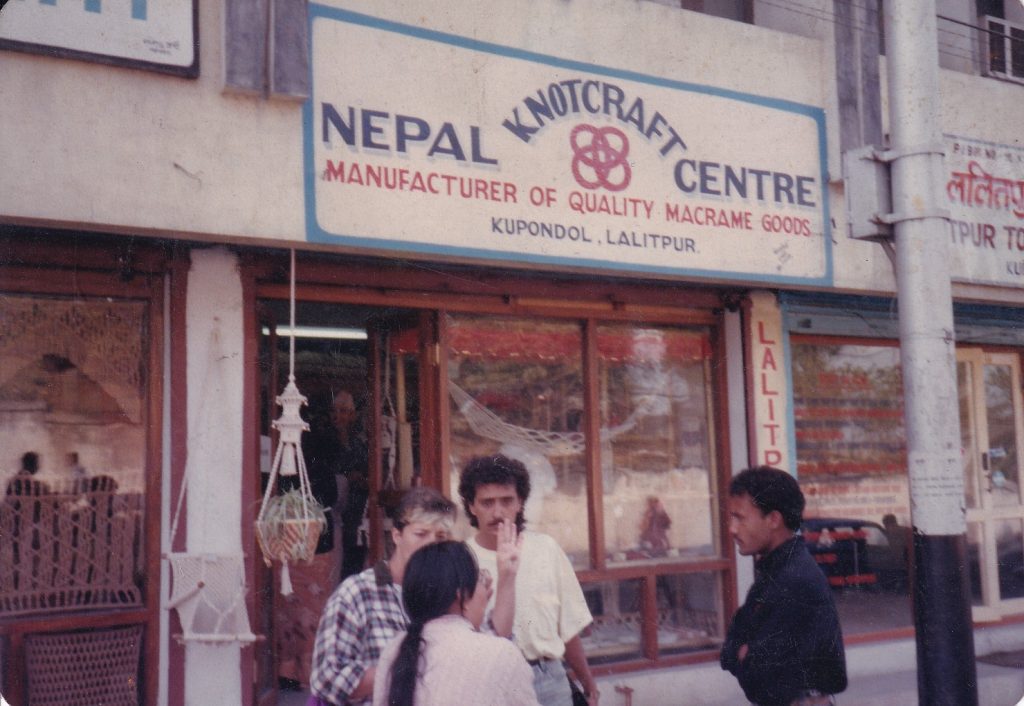
Nepal Knotcraft Centre started in 1984, weaving together heritage, sustainability, and opportunity. From
its very start, it sought to weave opportunities for women and marginalized communities, turning craft
into a pathway of dignity and livelihood.
1984–1989 – Introducing Macramé to Nepal
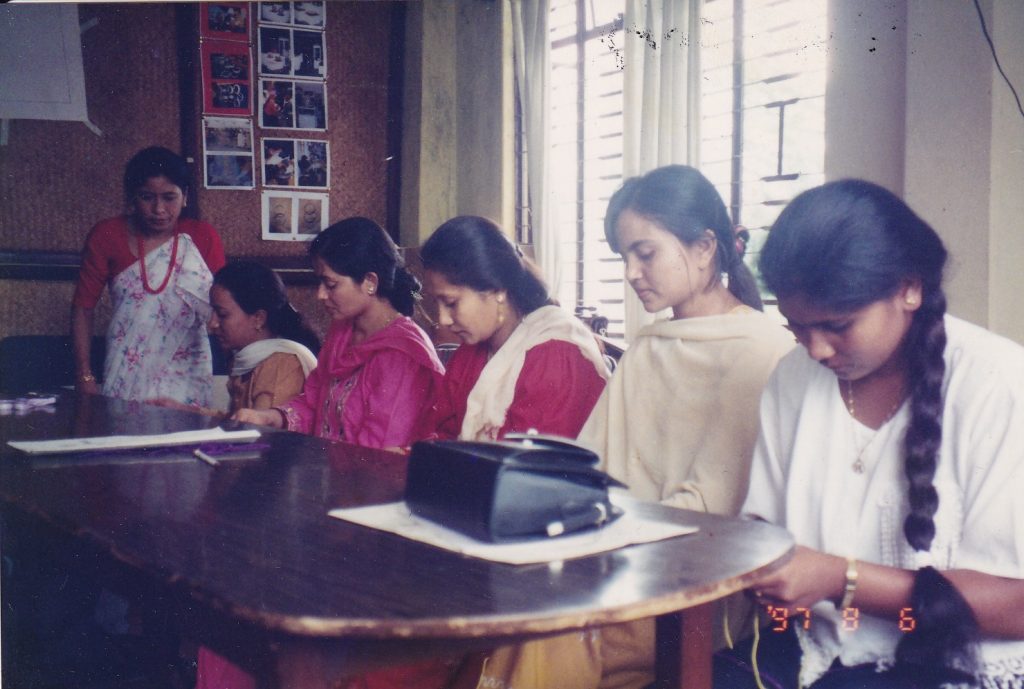
Macramé, the art of knotting with thread and rope, was first introduced to Nepal and soon
flourished as a popular craft. It laid the foundation for hand-knotting skills and also gave the
organization its name – Knotcraft!!
1990–2002 – Exploring New Frontiers in Natural Craft
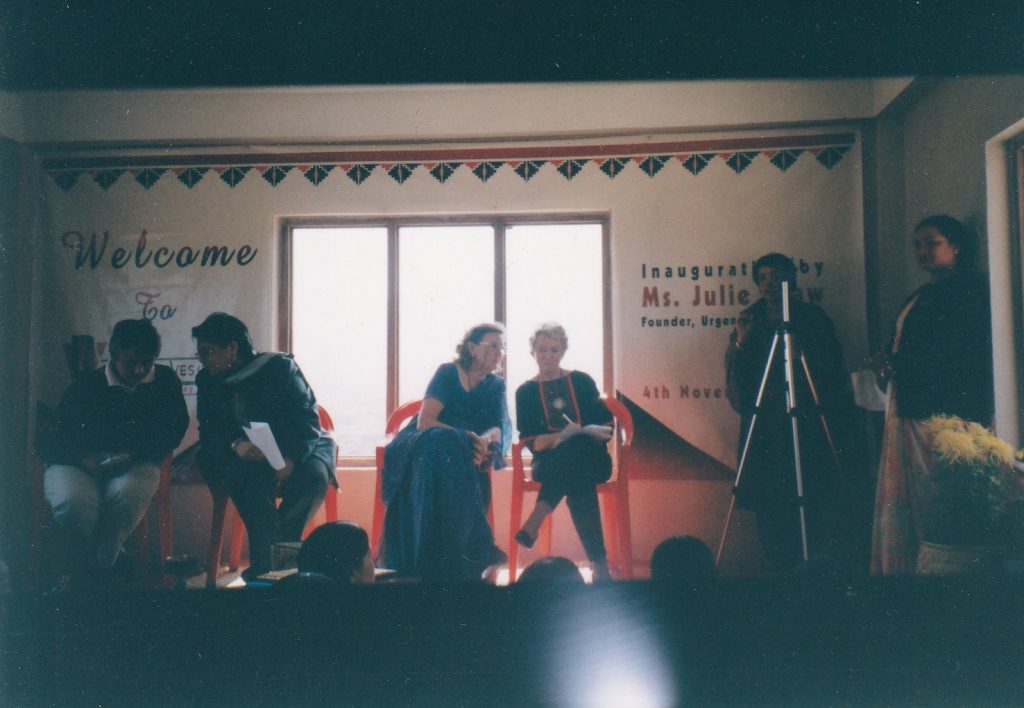
The Centre began experimenting with recycled wood, corn husk, and other natural fibers,
bringing new life into design. This opened the way for a fresh range of natural fiber products in
Nepal, combining creativity with sustainability.
2002–2010 – Reviving Indigenous Weaving
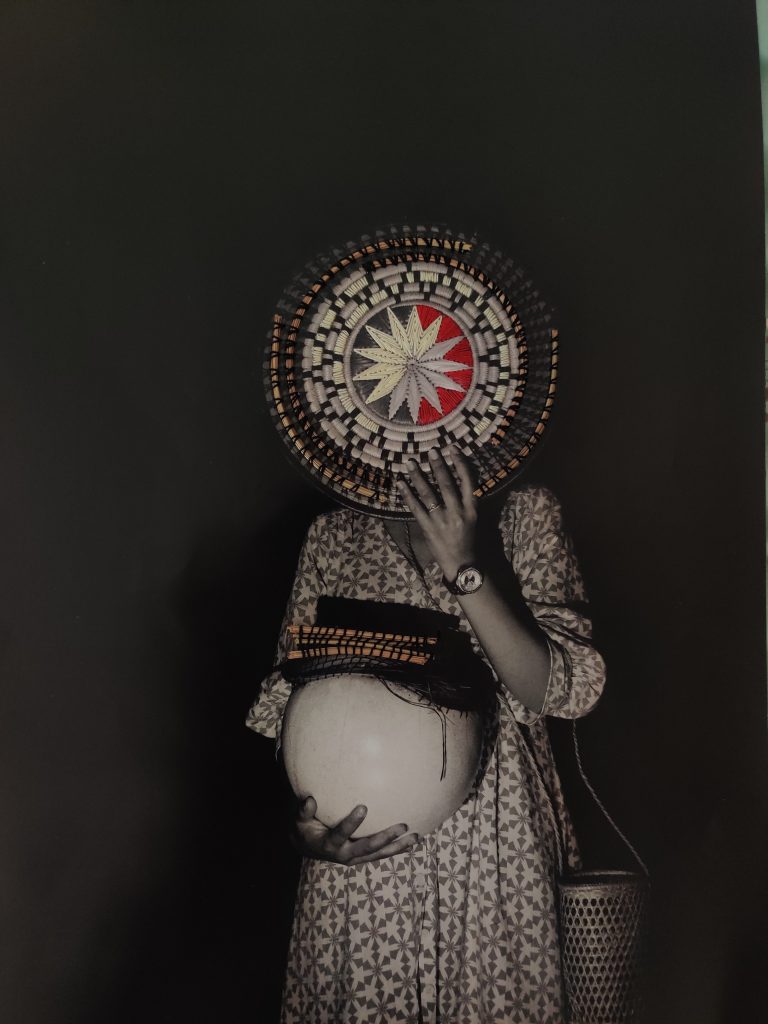
Traditional weaving practices from across Nepal were researched and brought back to life. Many
local plant fibers were explored and promoted. Rural women were trained in twine and counter-
twine weaving, spreading the skill across districts. Value chains were formed, linking village
craft to both national and international markets.
2010–2012 – Revolution in Basketry
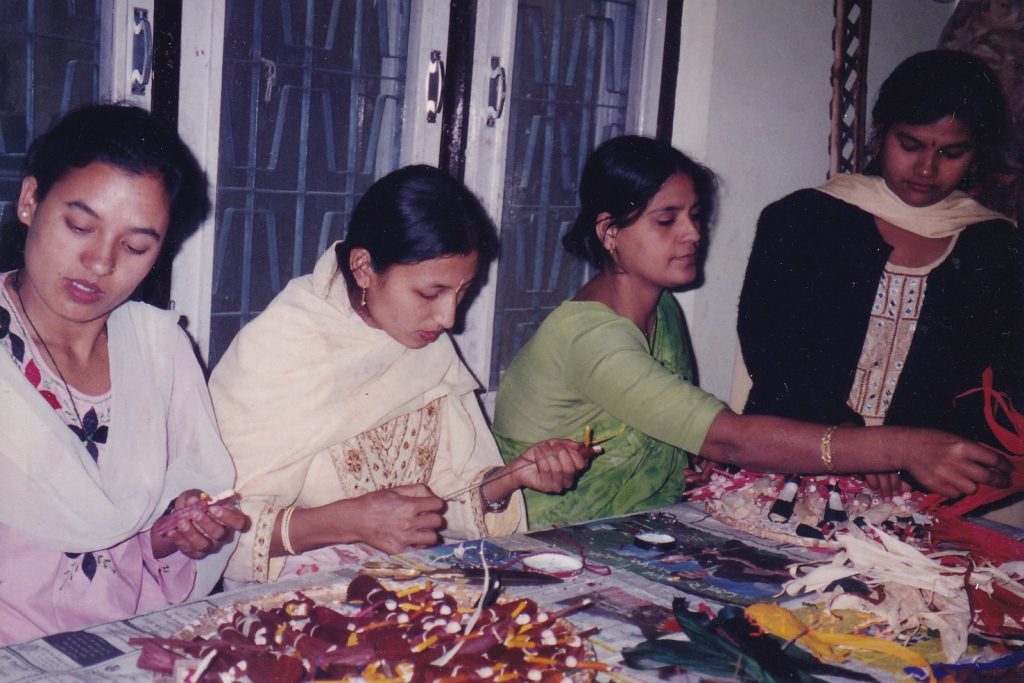
Inspired by the Tharu community’s coiling traditions, basketry was given a fresh form. Women
from 12 districts were trained, and with support from partners, traditional baskets were reshaped
with new designs, colors, and uses, turning heritage craft into modern lifestyle products.
2012–2019 – Deepening Research & Sharing Knowledge
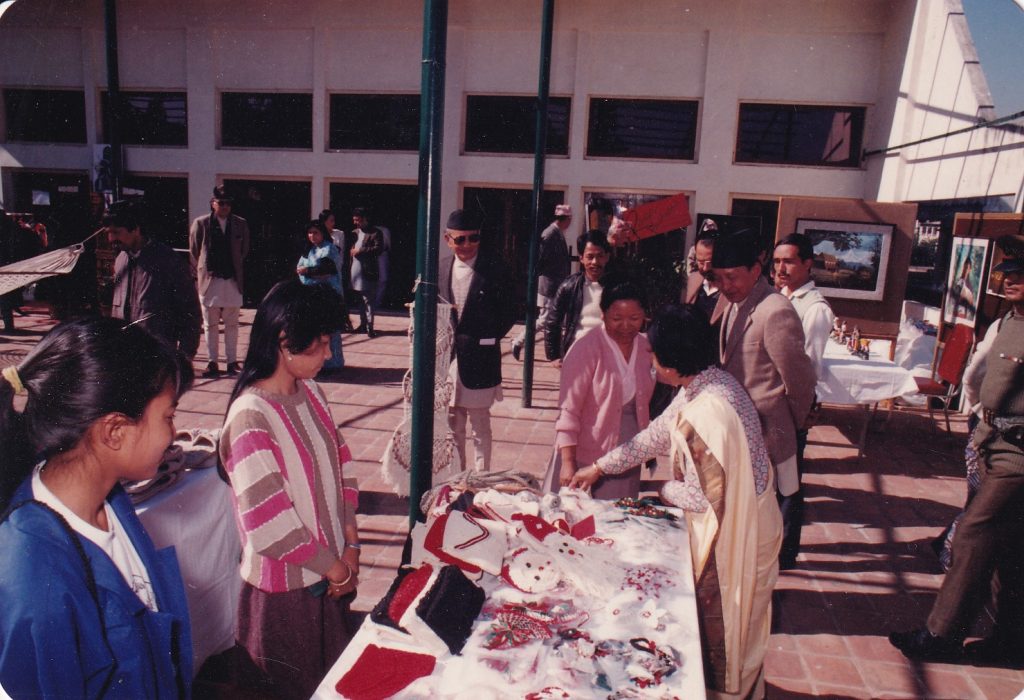
Around 45 plant fibers were identified, with 15 taken into production. Continuous training
programs strengthened artisan skills. Nepal’s first-ever plant fiber manual was published, a milestone in craft documentation.
The first basketry exhibition at Siddhartha Art Gallery created
a bridge between traditional craft and contemporary art.
2019–2024 – Expansion & Global Collaboration
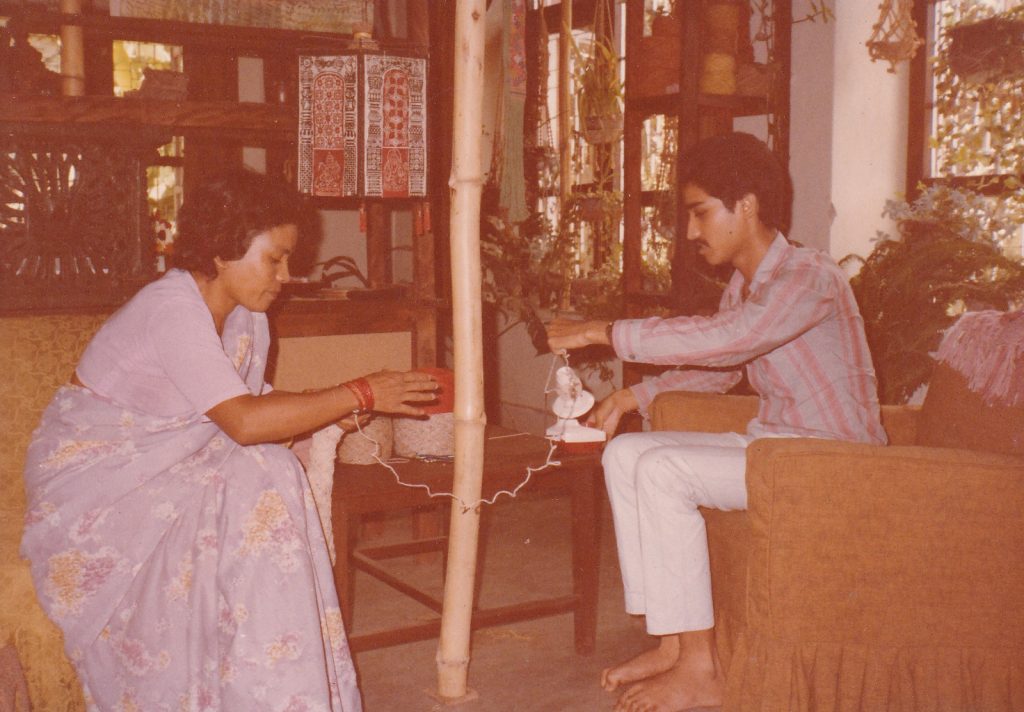
Research on plant fibers and indigenous crafts continued with new energy. Projects expanded
across districts, training hundreds in weaving and coiling while passing skills to the younger
generation. Collaborations with artists, universities, and global partners helped place Nepali
crafts on the international stage.
2025 – To Be Continued…
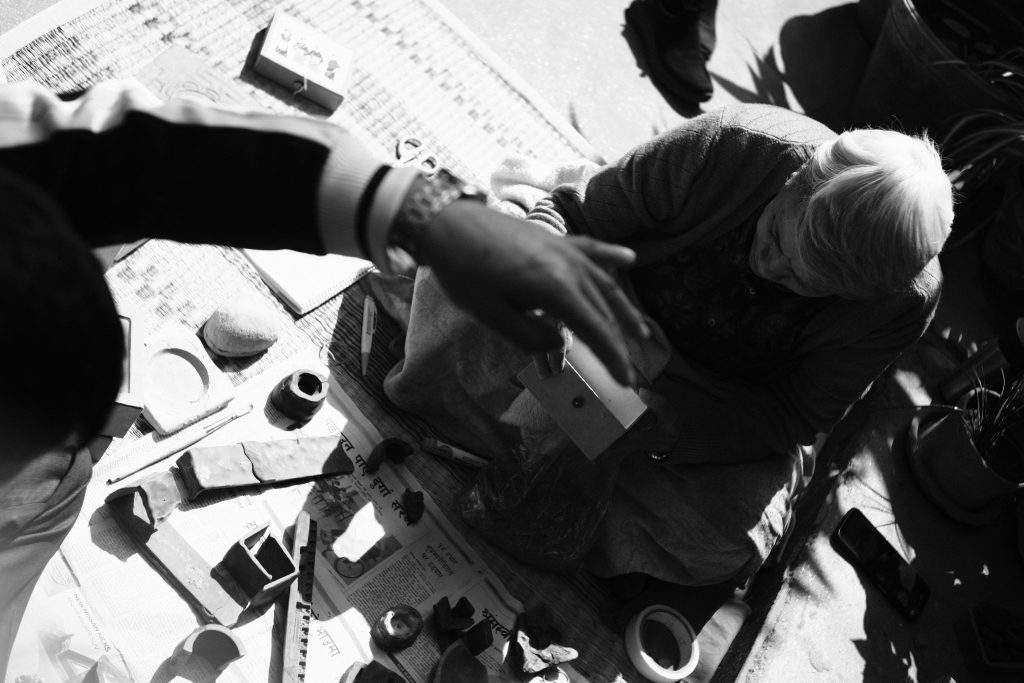
Weaving has now entered universities as part of design education. Cross-cultural projects are
connecting Nepal’s natural fiber weaving with traditions from other countries. The commitment
to research, creativity, and community remains strong.
Legacy
From its first knot in 1984 to a network of artisans across Nepal and beyond, Nepal Knotcraft
Centre has grown into a guardian of craft heritage, sustainable design, and empowerment. Its
story is one of skills passed forward — blending tradition, innovation, and community for generations to
come.
/